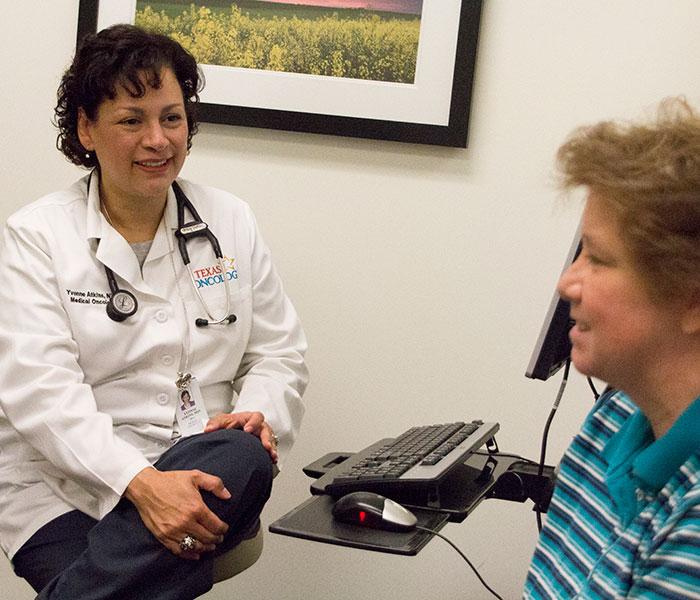A person with adequate health literacy has the ability to access, understand, and act on health-related information. Safety and quality can suffer when a person is limited in any one of these components.
Limited health literacy is abundant and constitutes a real health problem. Results from a U.S. Health and Human Services report found that 9 out of 10 English speaking Americans had limited health literacy. Being health literate in one situation or health subject does not guarantee health literacy in another setting. For example, a person may be very familiar about how to manage his/her blood sugar, but he or she may have a limited understanding about how cancer is treated.
Outcomes of Limited Health Literacy
Medication errors happen everyday. In the healthcare setting, efforts have been made to reduce medication errors by double checking, Tall Man lettering on look alike drugs, avoiding abbreviations. Yet people leave hospitals and pharmacies without enough understanding of their medications to ensure that errors don’t happen at home. The teach-back method is one way that oncology nurses can ensure patients and family members understand the 5 rights of medication administration so they can safely take their medications at home.
Managing a chronic disease is challenging at best. Research and common sense tells us that people with limited and inadequate health literacy simply do not manage illnesses as well as people with adequate health literacy. This can lead to an increase in hospital readmissions, healthcare costs, and use of emergency services. Health literacy affects peoples use of preventative screenings and services, adherence to medications, and their ability to manage pain.
Barriers to Health Literacy
Medical environments are a second home to oncology nurses, but to patients and families these places can seem frightening, noisy, difficult to navigate, and overwhelming. Peoples’ emotional and physical states affect how they hear and understand explanations and instructions. Research supports the fact that people with lower levels of health literacy ask fewer questions and often act as if they are understanding (head nod, uh huh, etc.) without really absorbing the information.
Healthcare providers often overestimate patients’ and families’ ability to understand information. In a time-constrained environment, explaining a PET scan in plain language may take more time. However, to a frightened patient, it may help alleviate some of the fear and anxiety they are feeling.
Universal Precautions of Health Literacy
Universal precautions in healthcare are rules to help protect healthcare workers from coming into contact with body fluids that may be harmful. Universal precautions in health literacy protect patients and families from receiving information they may not understand and be able to act upon by approaching healthcare conversations with the thought that all patients, regardless of literacy levels, will benefit from easy to understand medical information.






